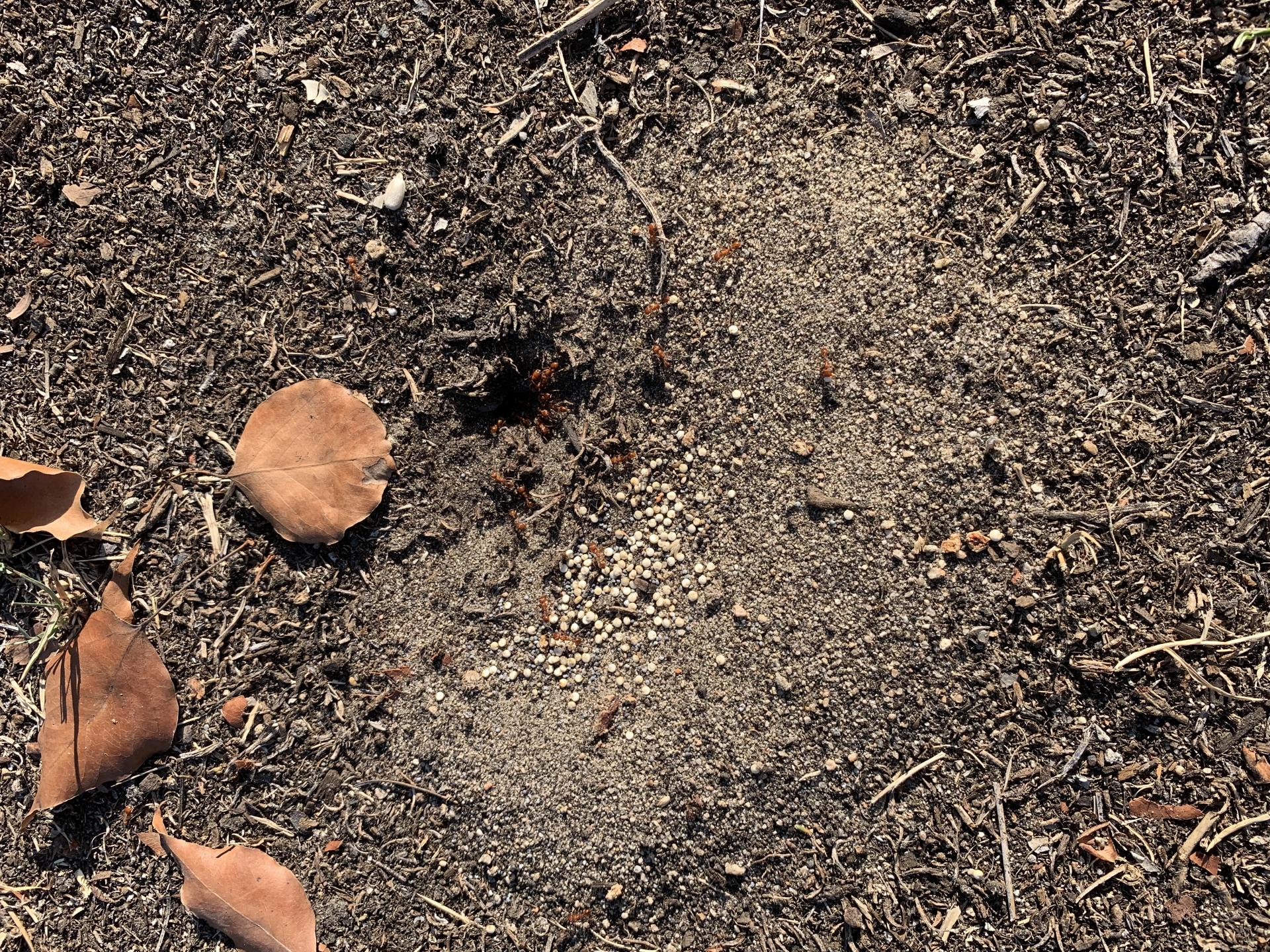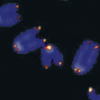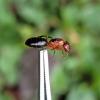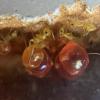1. Location (on a map) of collection:
So Cal
2. Date of collection:
Did not collect, only observed
3. Habitat of collection:
In a public park where there are dirt/grass/trees. Closest biome would be Chaparral or Shrubland
4. Length (from head to gaster):
Approx 0.75 inches
5. Color, hue, pattern and texture:
Red. Some have red body and black gasters
6. Distinguishing characteristics:
Not observed
7. Distinguishing behavior:
Seem to dig a lot
8. Nest description:
Nest is in a dirt area, the entrance is surrounded by dry dirt (sand?) hill.
9. Nuptial flight time and date:
Not observed
Assumed it's Harvester Ants because it took all the seeds I fed it. However, not sure what species of Harvester it is.



















